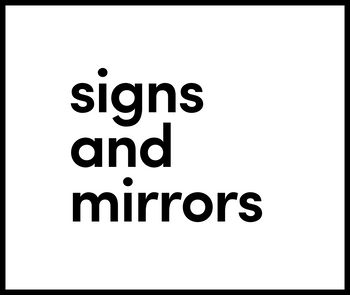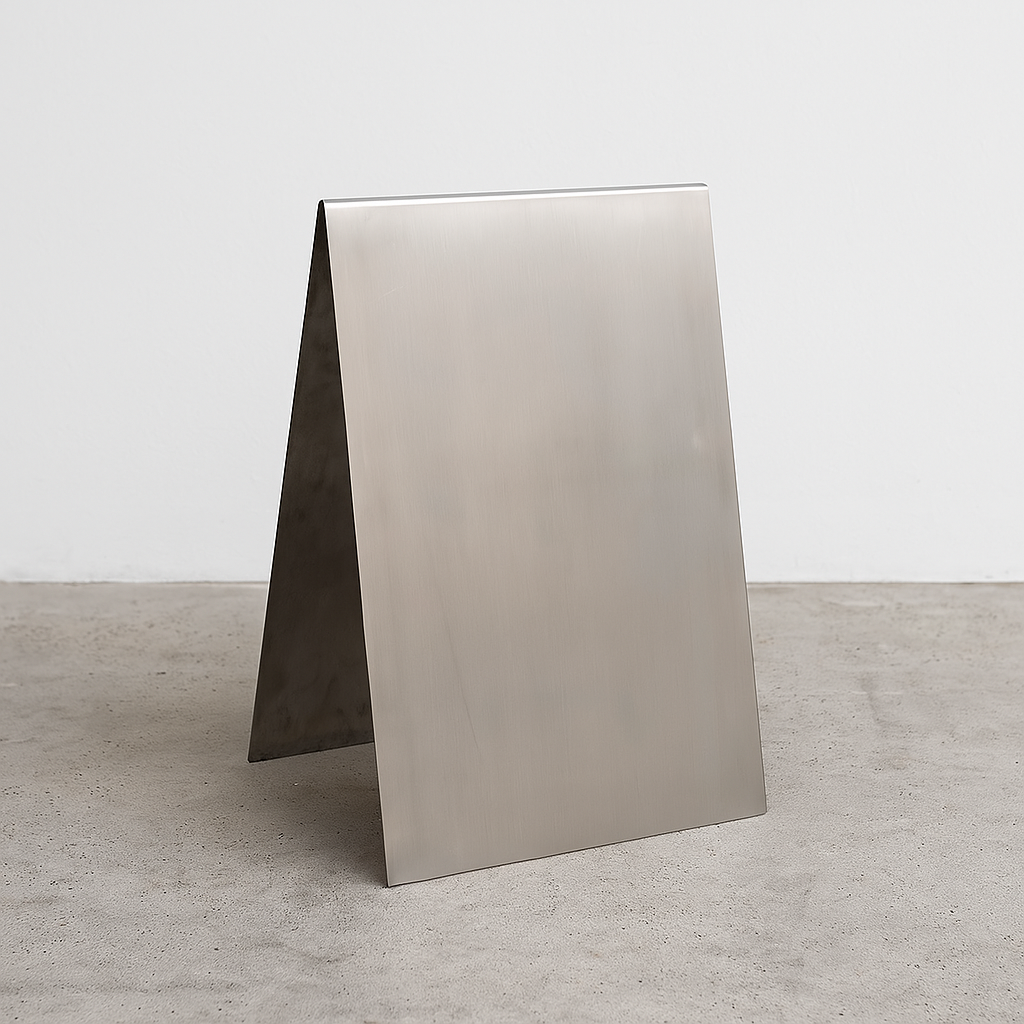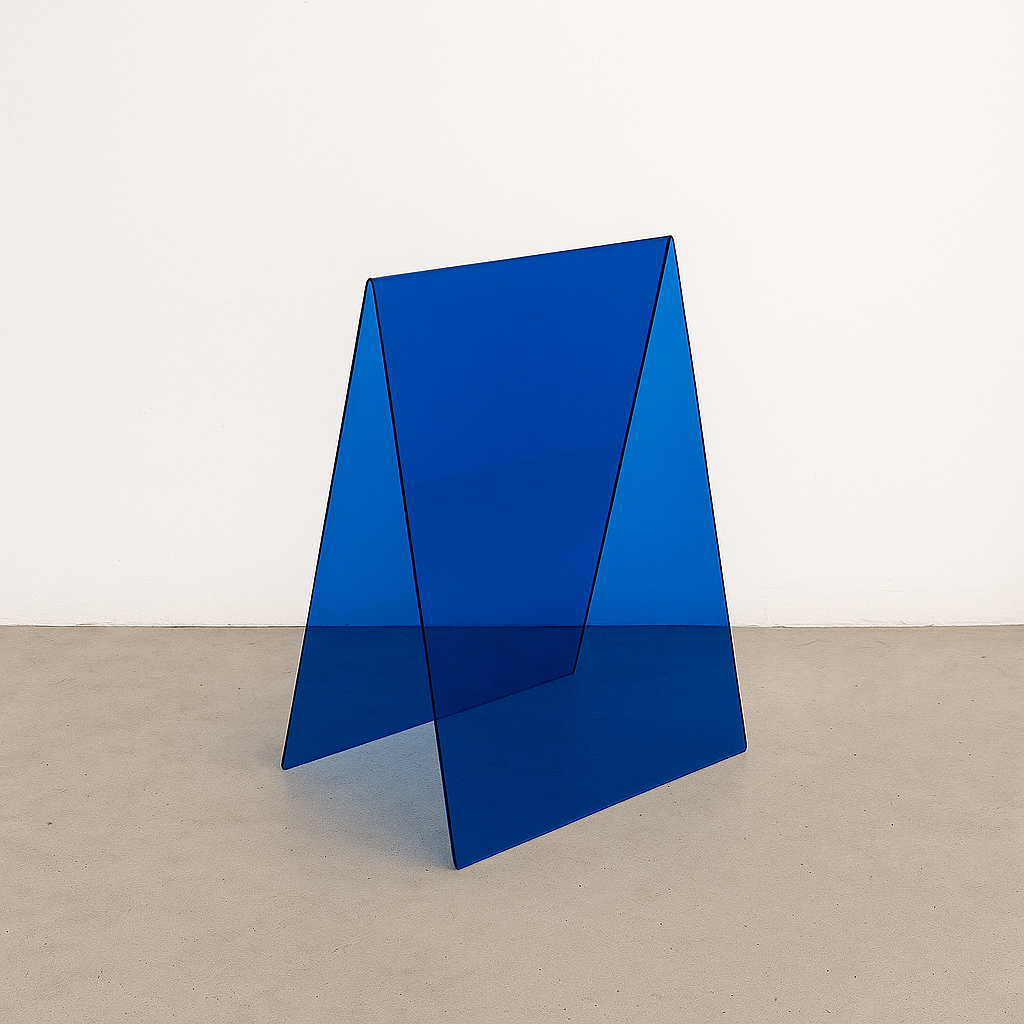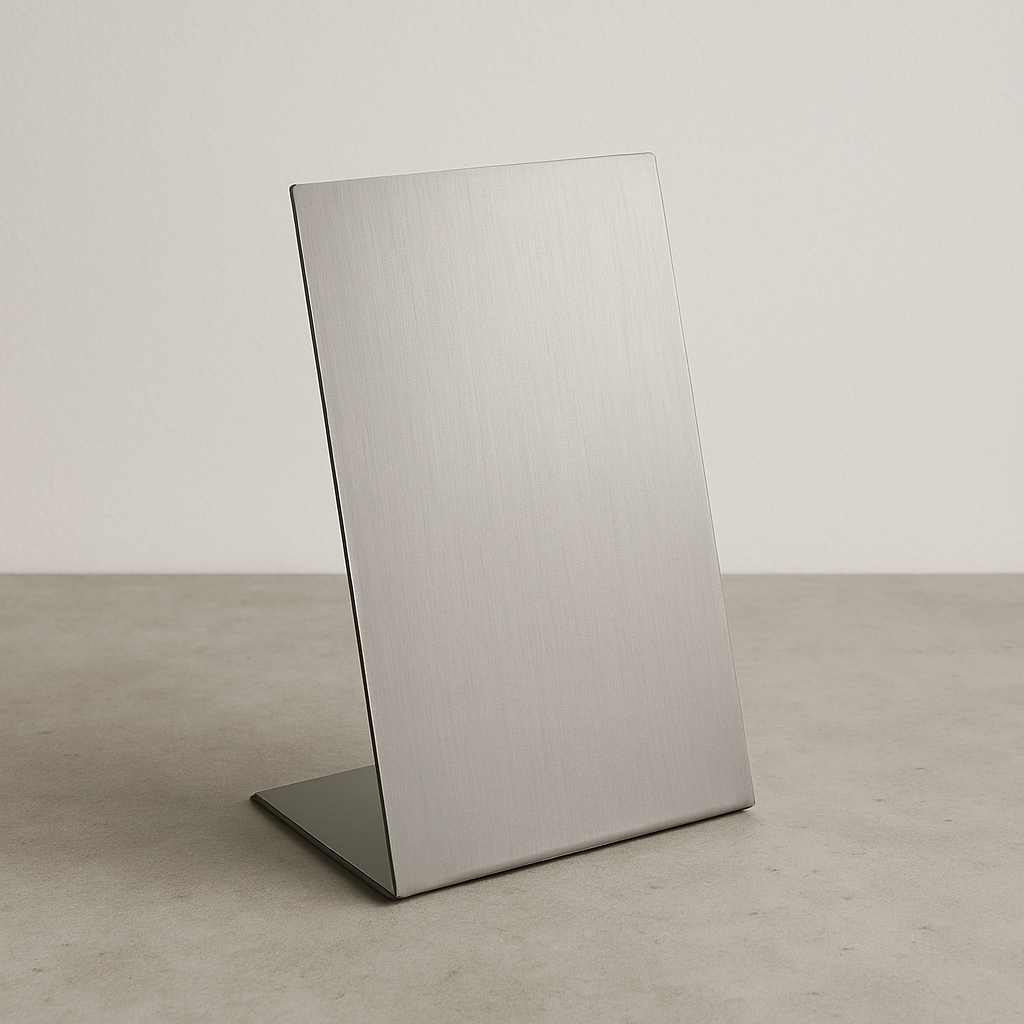Getting noticed in the beauty industry takes more than good service. Whether you're just starting out or trying to increase bookings, your marketing plan plays a big role in keeping chairs full and regulars coming back. From local outreach to digital tactics, the right approach can make your salon stand out in a crowded market.
Your Brand Starts from the Inside
Before a beauty salon can attract new clients through marketing, it needs to ensure that what happens inside the salon reflects the image it wants to present. A polished Instagram feed or sleek website will fall flat if the actual customer experience doesn’t match expectations.
Everything a client sees, hears, and feels during a visit contributes to your brand. That includes how the staff communicates, how the space is maintained, how appointments are handled, and even how consistently your style is expressed from signage to service menus. These elements are often overlooked, but they shape how your marketing is perceived.
Marketing isn’t just what you put out into the world, it's also how your business operates behind the scenes. When internal processes are smooth, team members are aligned, and service standards are upheld, it builds the trust and consistency that make marketing efforts actually work.
Start with What People See First
Before digital strategies or paid ads, the most direct way to attract attention is through what people see as they walk by. For salons located in high-foot-traffic areas, the first impression isn’t a social media post, it's the sidewalk. A striking, well-placed sign has the power to stop someone in their tracks and pull them inside, especially in neighborhoods where salons compete for visual space.
The right sign doesn’t just announce your presence, it expresses your brand’s personality before a single word is exchanged. Whether it reflects light, mirrors its surroundings, or complements your storefront design, a sign can turn a glance into a visit. For businesses that rely on style, atmosphere, and detail, investing in signage that aligns with that image isn’t an extra - it’s foundational.
At Signs and Mirrors, we started by creating our own mirrored sidewalk sign when we couldn’t find one that fit our studio’s aesthetic. That one piece sparked countless requests, and today we craft stainless steel, mirrored, black-coated, and acrylic signs for salons, studios, and retail spaces that want to stand out. A thoughtful sign doesn’t just mark your location it becomes part of how people remember you.
What the Right Sign Can Do
At Signs and Mirrors, we design signage to be more than decorative; it's built to get noticed. For salons, a sign that reflects your aesthetic and draws attention can make all the difference. Our collection includes durable, high-impact designs crafted to help businesses create a strong presence right at their doorstep.

1. White Stainless Steel A-Frame Sidewalk Sign
The #008 - White Stainless Steel A-Frame Sidewalk Sign is crafted from a single sheet of stainless steel and finished with a white powder coat that holds up over time. Designed for street use, it offers both stability and a clean, modern look. This sign works well for salons that want something neutral but striking minimal without blending into the background.

2. Cream Stainless Steel A-Frame Sidewalk Sign
The #009 - Cream Stainless Steel A-Frame Sidewalk Sign has the same solid construction but with a softer, warmer tone. The powder-coated finish is durable and weather-resistant. It’s a fit for salons that lean into a more natural or calming aesthetic and still want something built to last on the sidewalk.

3. Leaning Wall Mirror Sign
The #017 - Leaning Wall Mirror Sign is designed for indoor use and made from polished stainless steel with a mirrored surface. It's not freestanding, it's meant to lean against a wall. Ideal for salons, studios, or beauty clinics, this sign adds a reflective element to interior branding and often becomes part of how customers interact with and photograph the space.
Understand Your Ideal Client Profile
Not every salon speaks to the same audience and that’s a good thing. Defining who your salon is really for helps focus every decision that follows, from branding to service offerings to signage.
Here’s how to get specific:
- Look at your regulars: Who keeps coming back? What are their habits, age range, lifestyle, and priorities? A client base made up of working professionals has different needs than one made up of students or wedding clients.
- Track service patterns: Which treatments are most popular, and when? A studio that books mostly color treatments on weekends will approach marketing differently than one that sees a steady flow of short, weekday appointments.
- Think beyond demographics: What does your ideal client care about? Do they want efficiency and quiet? A social atmosphere? Do they follow beauty trends or prefer classic looks?
When your ideal client is clearly defined, it becomes easier to create a consistent message across your marketing and to filter out distractions that don’t serve your direction. Marketing works best when it narrows focus, not widens it.
Build an Offline Presence That Converts
You’ve got a well-designed interior, trained staff, and curated services but if passersby don’t step in, it all stays invisible.
Think about what someone sees as they walk past your salon. Is it just another storefront, or is it an invitation? Visual cues like a clean exterior, branded sandwich board, subtle lighting, and even a scent at the entrance can influence whether someone pauses or walks on.
Offline presence isn’t only about storefronts. Pop-up partnerships at local events, mini styling sessions at nearby co-working spaces, or participating in community markets put your salon directly in front of people without digital noise. Every physical interaction is a chance to be remembered.
Use Niche Micro-Influencers Strategically
Big names aren’t always better. For local salons, micro-influencers with smaller but tightly connected followings can be more effective and more affordable.
Here’s how to use them well:
- Stay local: Work with creators based in your city or neighborhood. Their followers are more likely to actually visit your salon.
- Prioritize style match: Choose people whose visual tone and personal aesthetic match your brand. If your salon is minimalist and calm, avoid loud or chaotic content styles.
- Collaborate, don’t sponsor: Instead of scripted ads, invite influencers for a real service, let them document the experience naturally, and give them freedom to post in their own voice.
- Measure interaction, not reach: A comment from a follower asking “Where is this?” is more valuable than 10,000 views with no engagement.
This isn’t about hiring advertisers, it's about tapping into trusted networks and turning someone else’s community into real-life clients.
Automate Re-Engagement, Not Just Reminders
Most salons already use automatic appointment reminders. That’s expected. But re-engagement automation is where you can actually influence long-term client retention without doing more manual work.
Trigger-Based Follow-Ups
Set up automated messages based on behavior, not just time. If a client hasn’t rebooked after 30 days, send a personalized message or a one-time offer. These nudges feel relevant and timely and they often bring people back.
Milestone Messages
Celebrate loyalty. Automated emails or SMS for client birthdays, anniversaries with your salon, or every fifth visit give a sense of recognition. A small gesture (even just a “thank you” with no discount) adds to retention.
Segmented Rebooking Campaigns
Instead of sending the same reminder to everyone, create different sequences. Color clients may need a prompt at 6 weeks, while facial clients may prefer quarterly check-ins. Segmentation keeps messages useful and avoids inbox fatigue.
Use Your Booking App as a Marketing Tool
Your booking app isn’t just for scheduling it’s one of the few digital spaces where your existing clients actively engage. Unlike social media, where you're competing for attention, a booking app offers a focused, low-distraction environment. That makes it an ideal place to insert marketing content that actually gets seen. Use this space to highlight limited-time services, link to reviews, or introduce new staff members. Some platforms also allow push notifications or pop-ups, which you can use to share targeted offers right before a client confirms their appointment.
You can also integrate loyalty programs, referral incentives, and personalized upsell suggestions based on service history. If a client usually books a haircut, the app can prompt them to add a conditioning treatment or scalp massage before checkout. Over time, this type of in-app marketing builds habits, increases order value, and keeps your brand visible without relying on outside ads. Treat the app as an active communication tool, not just a booking utility.
Collaborate with Nearby Non-Competing Businesses
One of the most underused marketing strategies for beauty salons is building partnerships with businesses that serve the same audience but offer different services. This could include local cafés, fitness studios, flower shops, boutiques, or bookstores any place where your potential clients already spend time.
Collaboration doesn’t have to be complicated. You can start with simple cross-promotion: display each other’s flyers, share social posts, or offer a bundled discount (e.g., 10% off a facial with a café receipt). For something more involved, co-host a pop-up event or a seasonal open house where each business contributes its space or service. These partnerships expand your local reach without extra ad spend and they create shared trust by showing clients that other respected businesses stand behind your brand.
Repackage Services for Specific Client Needs
Instead of promoting the same list of services to everyone, tailor how they’re grouped and presented to match real-life situations your clients face. This makes your offerings feel more relevant and actionable and helps people book without overthinking.
For example:
- Offer a "Post-Travel Reset" bundle (deep cleanse facial + hydration treatment).
- Create an “Event-Ready” package for last-minute bookings that includes express hair styling and brows.
- Build a “Quiet Hour” slot once a week for clients who prefer a calm, low-sensory visit - no music, no chat.
This isn’t about changing your services, it's about reframing them for how people live. When clients see packages that reflect their actual routines or problems, they’re more likely to book.
Optimize Review Collection and Visibility
Reviews are more than just feedback; they're public proof of trust. But waiting for reviews to appear naturally isn’t a strategy. Here’s how to make reviews a consistent part of your marketing:
- Ask at the right moment: The best time to request a review is immediately after a service, while the experience is still fresh. Use SMS or email with a direct link.
- Make it easy: Don’t ask clients to search, give them a clickable button or QR code that leads straight to your Google or Yelp page.
- Display them intentionally: Use standout reviews in your booking app, on printed materials, or even on your physical signage. Treat good feedback like a marketing asset.
- Reply publicly: When possible, respond to reviews (positive or neutral). It shows active management and builds trust with potential clients.
A steady flow of recent, visible reviews helps your salon show up better in search results and builds confidence before a client ever walks in.
Track and Adapt Based on Data
Marketing decisions shouldn’t be based on gut feeling alone. Even basic data gives useful signals: Which days are busiest? Which service pages get the most clicks? Where are clients dropping off during online booking?
You don’t need a full analytics team, just use the tools already available in your booking system, email platform, and website dashboard. Track rebooking rates, popular time slots, open rates on promotional messages, or which services lead to add-ons. Over time, this data helps you adjust timing, pricing, and offers with more confidence. Salons that review their numbers regularly tend to spot slow trends early and respond before they become problems.
Consistency Is What Holds It All Together
No matter how many marketing ideas you implement, they won’t work unless they align and repeat the same message. A salon’s identity should come through in every channel from how your team speaks to how your storefront looks, from your online reviews to your Instagram grid.
This doesn’t mean everything has to look the same. It means your tone, values, and visual language should feel familiar wherever someone encounters your brand. Consistency builds recognition, and recognition builds trust. When new clients feel like they already “know” your salon before walking in, half the job is already done.
Conclusion
Effective marketing for a beauty salon isn’t about following trends, it's about understanding your space, your clients, and what makes your business distinct. From the way you present yourself on the sidewalk to how you follow up after a visit, every interaction shapes how your salon is perceived. A strong strategy isn’t one big idea, it's a series of thoughtful, connected actions that work together to build visibility, trust, and repeat business. The key is to start where you are, stay consistent, and let your real-world presence support your digital reach.
FAQ
What’s the most important first step in marketing a beauty salon?
Start by identifying your ideal client. Everything from your visuals to your tone of voice should reflect who you’re trying to attract. Without that clarity, even good marketing can feel unfocused.
Do I need to invest in paid advertising to see results?
Not necessarily. Many salons grow effectively through strong visuals, local partnerships, smart signage, and referral strategies. Paid ads can help, but they’re not the only path.
How can I market my salon on a low budget?
Focus on what you already have: your location, existing clients, and service quality. Use free platforms like Instagram and Google Business Profile, collect and display reviews, and build relationships with nearby businesses.
How often should I update my marketing approach?
Review performance at least every quarter. Seasonal changes, local events, or new competitors can all impact your strategy; small adjustments over time are more effective than rare overhauls.
What role does signage play in beauty salon marketing?
Signage is often your first impression especially in walkable areas. A well-designed, durable sign can increase foot traffic, communicate your aesthetic, and even encourage social sharing when it's visually striking.




